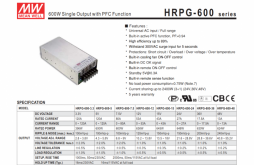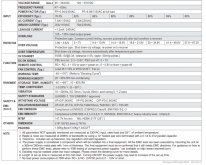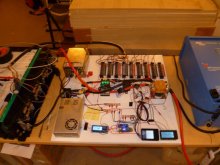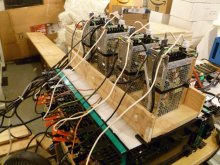Lately I've been pondering the merits of using a simple current limited power supply like the Meanwell HRPG (or RSP or HRP) for top balancing or capacity testing. But I'm not knowledgeable enough about this type of thing to feel confident in my ability to judge its suitability.
Far and away the biggest upside that makes this worth considering is high current at a reasonably low cost and a reputable brand. Voltage is configurable from 2.8-3.8 Volts, and current is configurable from 0 to the nominal current, and the HRPG series has some useful features like remote voltage sensing, and remote on/off. For under ~$150 you can get a 120A power supply, for under ~$100 you can get a 60A power supply, cheaper if you go with the HRP series or an off-brand. Compare this to the little $40-100 chinese 5 and 10 amp benchtop power supplies that are common.
I'm curious what downsides there might be to this approach that I'm not considering.
Are these a suitable tool for a top balance?
@Maast @gnubie @smoothJoey @DJSmiley @HaldorEE @JeepHammer I feel some of you may have some good insight on this topic.
Far and away the biggest upside that makes this worth considering is high current at a reasonably low cost and a reputable brand. Voltage is configurable from 2.8-3.8 Volts, and current is configurable from 0 to the nominal current, and the HRPG series has some useful features like remote voltage sensing, and remote on/off. For under ~$150 you can get a 120A power supply, for under ~$100 you can get a 60A power supply, cheaper if you go with the HRP series or an off-brand. Compare this to the little $40-100 chinese 5 and 10 amp benchtop power supplies that are common.
I'm curious what downsides there might be to this approach that I'm not considering.
Are these a suitable tool for a top balance?
@Maast @gnubie @smoothJoey @DJSmiley @HaldorEE @JeepHammer I feel some of you may have some good insight on this topic.






